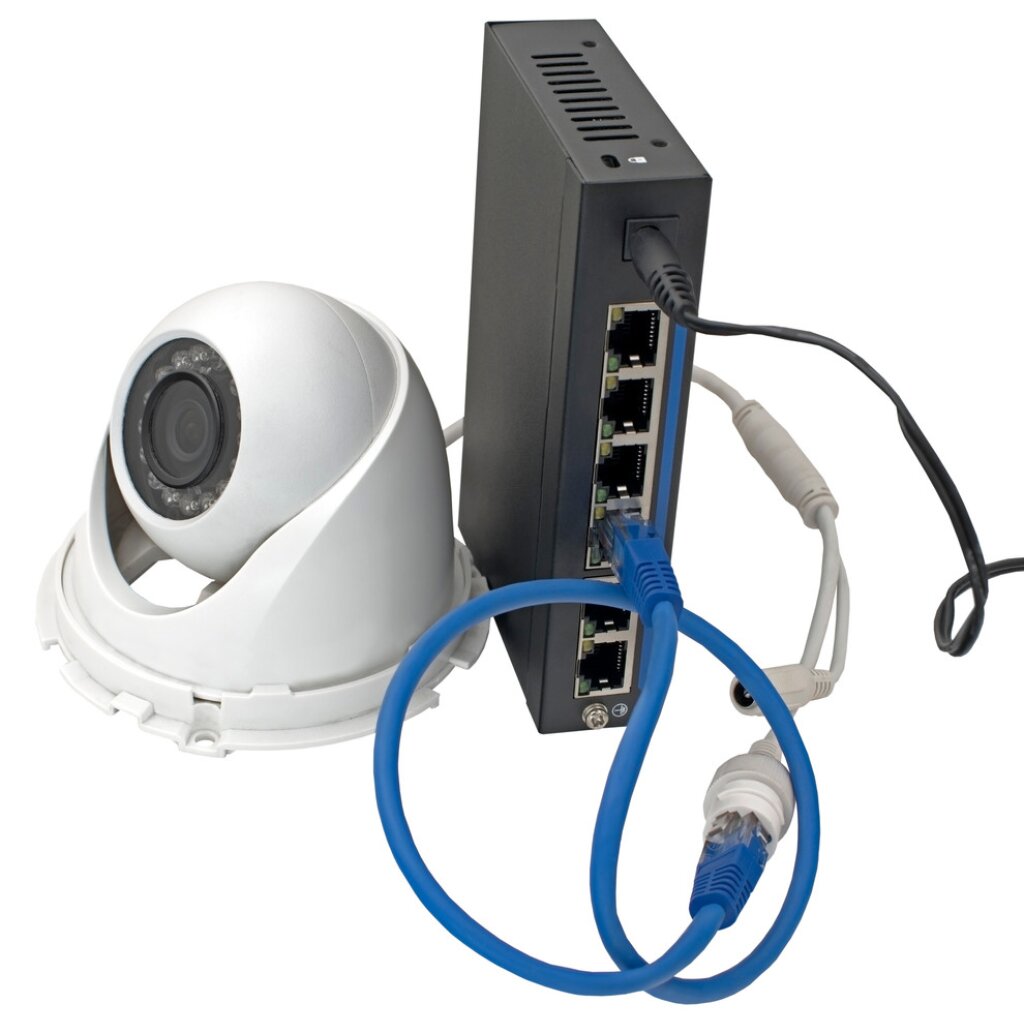What is data anonymisation?
Data anonymisation is crucial for ensuring compliance with data privacy regulations, protecting individuals' privacy rights, and fostering trust between organisations and their customers or users.
However, data anonymisation also presents challenges such as maintaining the usefulness of data for analysis purposes while adequately anonymising sensitive information.
Organisations struggle with data anonymisation
Six years on from the wide-spread publicity that followed the introduction of GDPR, companies regularly fall foul of privacy laws. Many businesses remain unaware not only of the auto-anonymisation technology available, but also of some of the basics of good data privacy protection practices.
Why is anonymised data important?
Data anonymisation is the process of obscuring or removing information from a video, document, image or audio file.
The prime objective of anonymisation is to protect people’s identities. In some cases, redaction may also be necessary to remove offensive content.
There are many ways to anonymise or redact data. High risk methods include ‘home-made’ manual processes applied to documents and video, when the redaction is likely to be reversible.
Outsourcing is another option, but it introduces the risk of data leaving your secure environment and being handled by third parties. The latest automated redaction processes offer the fastest, most reliable, and most cost-effective options.
Data anonymisation techniques
Data anonymisation is a crucial process aimed at protecting individuals' privacy by altering sensitive data in a way that prevents the identification of specific individuals.
Data anonymisation ensures that even if the data is accessed or used for purposes such as software testing, analytics, or research, the individuals to whom the data belongs cannot be traced or identified.
Here is a breakdown of some common techniques used in data anonymisation:
Data masking
Involves hiding specific data elements within a dataset. This can include techniques like replacing actual data with masked characters or symbols, such as replacing a person's name with "XXXXX".Pseudonymisation
This technique involves replacing identifiable information with artificial identifiers or pseudonyms. Unlike anonymisation, pseudonymisation can be reversed, which means the original data can be recovered if necessary.Data aggregation
Aggregating data involves combining multiple data points into broader categories or summaries. This reduces the granularity of the data, making it less likely to identify individuals.Data randomisation
Randomisation involves introducing randomness into the data, such as shuffling or randomising the order of data records. This helps obscure the original relationships between data points.Data generalisation
Generalisation involves replacing specific values with more general or broader categories. For example, replacing exact ages with age ranges.Data swapping
Involves swapping data between records while maintaining statistical characteristics of the dataset. This makes it difficult to trace specific data points back to individuals.
Each technique has its advantages and disadvantages, and the choice of technique depends on factors such as the level of privacy required, the nature of the data, and regulatory compliance requirements.
Broader purposes of data anonymisation
Data anonymisation plays a critical role in protecting personal privacy amidst the vast amounts of data being collected and stored today. Here's how data anonymisation helps safeguard personal privacy:
Preventing unauthorised access and misuse
With data anonymisation, personally identifiable information (PII) is either hidden or deleted from datasets. This significantly reduces the risk of unauthorised users accessing or exploiting personal information without consent.Maintaining trust
Data breaches not only pose a security risk for organisations but also erode trust between the organization and its customers or consumers. By implementing data anonymisation techniques, organisations demonstrate their commitment to protecting individuals' privacy rights, thereby preserving trust and confidence in their services.Compliance with data privacy regulations
Data anonymisation enables organisations to comply with data privacy regulations. These regulations mandate companies to take proactive measures to safeguard individuals' confidential data, including anonymising sensitive information before storage or analysis.Preserving data usefulness
Despite anonymising personal information, data can still be used for various purposes such as analysis, business insights, decision-making, and research. Data anonymisation ensures that while personal information remains protected, the utility and value of the data for legitimate purposes are preserved.
By adopting data anonymisation practices, organisations strike a balance between leveraging data for insights and protecting individuals' privacy rights.
As privacy concerns continue to escalate and regulatory frameworks evolve, the importance of robust data anonymisation techniques in maintaining personal privacy will only become more pronounced.
Anonymised data vs De-identification
Anonymized data and de-identification are both methods used to protect individuals' privacy by obscuring or removing personally identifiable information (PII) from datasets.
However, there are distinctions between the two approaches:
De-identification:
De-identification involves removing or masking personally identifiable information (such as names, addresses, social security numbers) from datasets to prevent individuals' identities from being compromised.
Anonymised data:
Anonymised data goes a step further than de-identification in terms of privacy protection. It involves altering or transforming data in such a way that it becomes practically impossible to re-identify individuals within the dataset, even with additional information.
While both de-identification and anonymised data aim to protect privacy by removing or masking personally identifiable information, anonymised data typically offers a higher level of protection against re-identification compared to de-identification techniques.
Anonymisation ensures that even trusted parties or data controllers cannot link the anonymised data back to specific individuals, thereby enhancing privacy safeguards.
Reasons for data anonymisation failures
Human error accounts for the vast majority of information-sharing data breaches. A simple example of a human-error data protection breach results from our habitual use of email.
UK Law has highlighted how failure to use ‘blind copy’ in emails has led to peoples’ personal data being disclosed to everyone on a ‘copy’ email, and subsequently to claims for compensation.
Here is a short list of common, correctable data redaction mistakes:
Blind trust in what the eye sees
Just because it ‘looks’ like data has been masked in a document, such as a PDF, or in video footage, it does not mean that it cannot be seen, or uncovered or recovered, by the person you send it to. Metadata makes redaction reversal notoriously simple to achieve.
Tolerating manual redaction processes
Manual processes are tedious and inefficient. The number of companies that fail to meet the ICO’s 30-day deadline for data subject access requests is worryingly high. Plus, people get tired and are overwhelmed by redaction processes, which leads to errors and breaches.
Lack of training on processes and policies
Recent ICO privacy cases have highlighted the fact that a lack of data processing training and proper education about privacy policies too frequently lead to serious data breaches.
Management nonchalance and budget excuses
Citing lack of budget for data protection is akin to saying you haven’t got time to put oil in your car. It’s burying one’s head in the sand, and failing to face up to the fact that a break-down will inevitably happen.
Data anonymisation Pros and Cons
Pros of data anonymisation
Privacy Protection
Safeguards individual identities, ensuring compliance with regulations like GDPR.Data utility
Allows safe data sharing for research and analysis without revealing personal information.Risk reduction
Minimises the risk of data breaches and unauthorised access.
Cons of data anonymisation
Potential re-identification
Advanced techniques might still re-identify anonymised data.Data loss
Anonymisation can reduce data accuracy and utility.Complexity
Implementing effective anonymization can be technically challenging and resource-intensive.
Data anonymisation best practices
Data anonymisation is essential for protecting privacy while using sensitive data. Best practices include:
Use strong anonymisation techniques
Apply techniques like data masking, generalisation and k-anonymity to remove or obscure identifiable information.Data minimisation
Only collect and retain necessary data to reduce exposure risks.Regular audits
Conduct periodic reviews of anonymised data to ensure it remains non-identifiable.Compliance with regulations
Adhere to laws like GDPR and HIPAA that mandate strict anonymisation standards.Secure storage and access controls
Store anonymised data securely and limit access to prevent unauthorised re-identification.
These practices help safeguard privacy and maintain data utility.
Data anonymisation use cases
Data anonymisation is crucial in various sectors to protect privacy while enabling data use.
Healthcare
Anonymised patient records are used for research and improving treatments without exposing personal details.Finance
Banks anonymise transaction data to analyse spending patterns while ensuring customer privacy.Marketing
Companies anonymise user data to study behaviour and preferences to drive focused campaigns without compromising identities.Government
Public agencies anonymise census and survey data for policy-making while protecting citizen information.Education
Anonymised student data is used in academic research to improve educational practices without revealing individual identities.
These use cases highlight the balance between data utility and privacy protection.
Automated data anonymisation technology for compliance
Facit is a specialist in data anonymisation compliance technology.
Complete the contact form to learn more about how we provide fast, reliable data anonymisation software for document redaction and video redaction. You can use out solutions cost-effectively entirely in-house.




